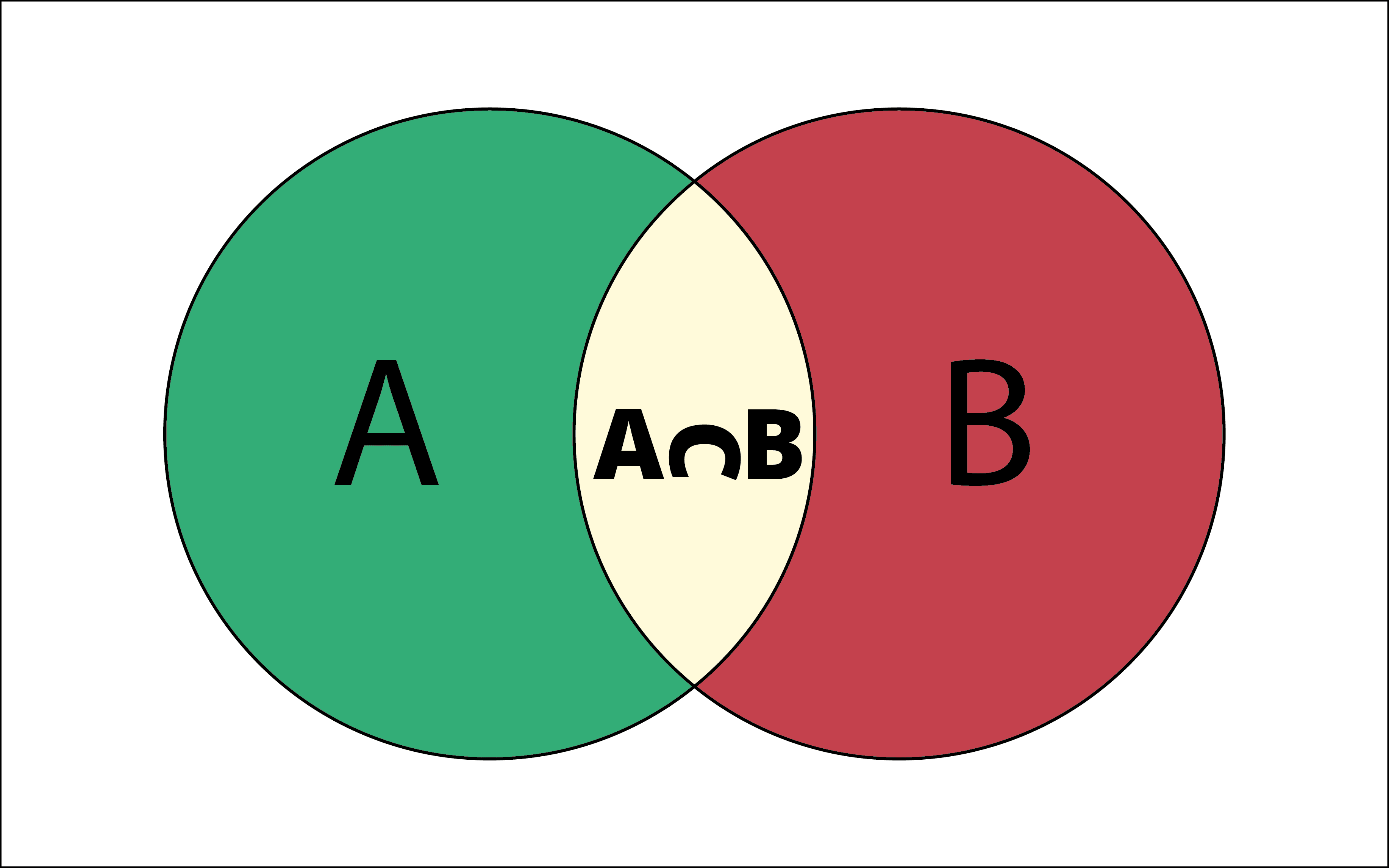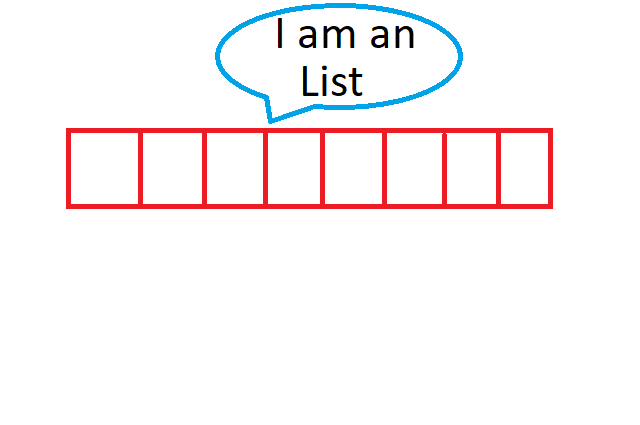-

Python Sets
Python Set Table Of Contents: What Is A Set Data Type? How To Create A Set In Python? Accessing Set Elements. Adding Items Into A Set. Removing Elements From The Set. Mutable Nature Of Set. Looping Through Set. Joining Sets. Deleting A Set. (1) What Is A Set Data Type? Sets are used to store multiple items in a single variable. Set can store heterogeneous elements inside them. A Set is an unordered collection data type, that means set will store your elements in a random order. Set is a mutable data type, that means you can add, remove, update
-

Python Tuples
Python Tuples Table Of Contents: What Is A Tuple? How To Create A Tuple In Python? Immutability Nature Of Tuple. Accessing Tuple Items. Tuple Membership Test. Updating A Tuple. Unpacking A Tuple. Joining Tuples. Slicing A Tuple. Deleting A Tuple. (1) What Is A Tuple? Tuples are used to store multiple items in a single variable. Tuples can store heterogeneous elements inside them. Tuples keep elements insertion order as it is. Tuples can store duplicate elements inside them. Tuples are immutable in nature, meaning that we cannot change, add or remove items after the tuple has been created. (2) How
-

Python List
Python Lists Table Of Contents: What Are Python Lists? Creating A List In Python. Accessing Elements From the List. Getting The Size Of The Python List. List Membership Check. Adding Elements To A Python List. Removing Elements From The List. Reversing A List. Sorting A List. Joining A Lists. Copying A Lists. Slicing A List. List Comprehension. (1) What Are Python Lists? Lists are used to store multiple items in a single variable. Lists are created using square brackets [ ] and elements are separated using a comma ( , ). Lists need not be homogeneous always which makes it
-

Python Strings
Python Strings Table Of Contents: What Is Python String? Data Type? Multiline Strings Array Of Strings Looping Through String Length Of String String Membership Check String Slicing String Updation String Concatenation String Repetition String Formatting (1) What Is Python String Data Type? The string is a sequence of characters. Generally, strings are represented by either single or double quotes in Python. A String data type can be of any length. Starting from an empty string to a paragraph. Examples str1 = "" #Empty String str2 = "A" #Single String str3 = "Hello" #Single Word String str4 = "Hello World" #Double
-

Python Numbers
Python Numbers Table Of Contents: What is Python Number Data Type? Types Of Python Numbers. Number Type Conversion. Mathematical Functions. Random Number Functions. Mathematical Constants. (1) What Is Python Number Data Type? Number data types store numeric values like 45, 66.87, 0.452, etc. They are immutable data types, which means that changing the value of a number of data types results in a newly allocated object in memory. In Python you don’t have to declare the type of the variable, you only just need to assign the value to the variable. Python will automatically assign it’s type. Example-1 var1 =
-

Python Loop Control Statements
Python Loop Control Statement Table Of Contents: What Is Loop Control Statement? Break Statement. Continue Statement. Pass Statement. (1)What Is A Loop Control Statement? When you want to get out of the loop in between you can use Loop Control Statements. Loop will run as many times as the condition is satisfying. But, python provides us the ways to skip some iterations or stop the execution in between. (2) Break Statement The Break statement stops the execution and brings the control out of the loop. You put some conditions and write a Break statement inside the loop. If that condition
-

Python Looping Statements
Python Looping Statements Table Of Contents: What Are Looping Statements? Types Of Looping Statements. while Loop. for Loop. Nested Loop. (1) What Are Looping Statements? In the programming world, your code executes sequentially. That means, the first statement in a function is executed first, followed by the second, and so on. There will come a situation where you need to execute a block of code several times. At that time you can use, a python loop statement that will execute a statement or group of statements multiple times. (2) Types Of Looping Statements? while loop for loop Nested Loop (3)
-

Python Conditional Statements
Python Conditional Statements Table Of Contents What Is Python Conditional Statement? Types Of Conditional Statement. if statements if-else statements if-elif ladder Nested statements (1) What Is Python Conditional Statements? When our program executes, it will run line by line. Suppose, you want to execute some set of codes based on some condition, you can use control flow statements. Decision-making statements in programming languages decide the direction of the flow of program execution. In the above picture, you can see that if there is water on the road, you will not walk on that path. So in python, you can also
-

Python Operators
Python Operators Table Of Contents What Is A Python Operator? Types Of Python Operators. Arithmetic operators. Assignment operators. Comparison operators. Logical operators. Identity operators. Membership operators. Bitwise operators. (1) What Is A Python Operator? Python Operators in general are used to perform operations on different values and variables. These are standard symbols used for the purpose of logical and arithmetic operations. Operators are the pillars of a program on which the logic is built in a specific programming language. In the example below, we use the + operator to add together two values: Example a = 30 b = 40
-

Python Data Types
Python Data Types Table Of Contents What is a Data Type? Python Data Types. Numeric. String. Boolean. List. Tupple. Set. Dictionary (1) What Is A Data Type? A data type, in programming, is defined as the type of value that a variable is going to store. This type can be of anything like numbers, texts which are of string type, True or False values which are of Boolean types, etc. Based on the type of values stored inside the variable, we are able to perform some specific tasks upon it. Like we can add, subtract, divide and multiply integer values,
